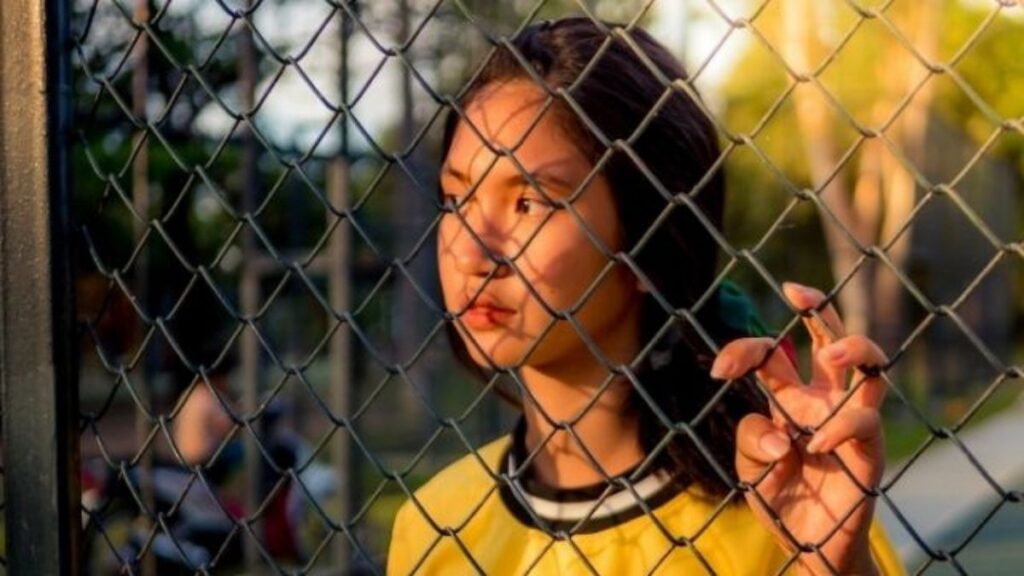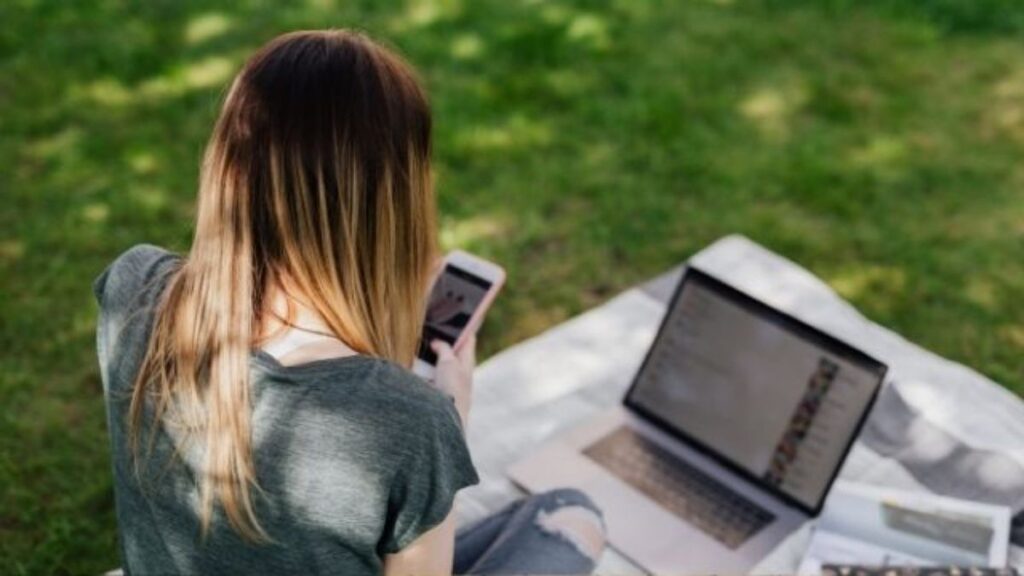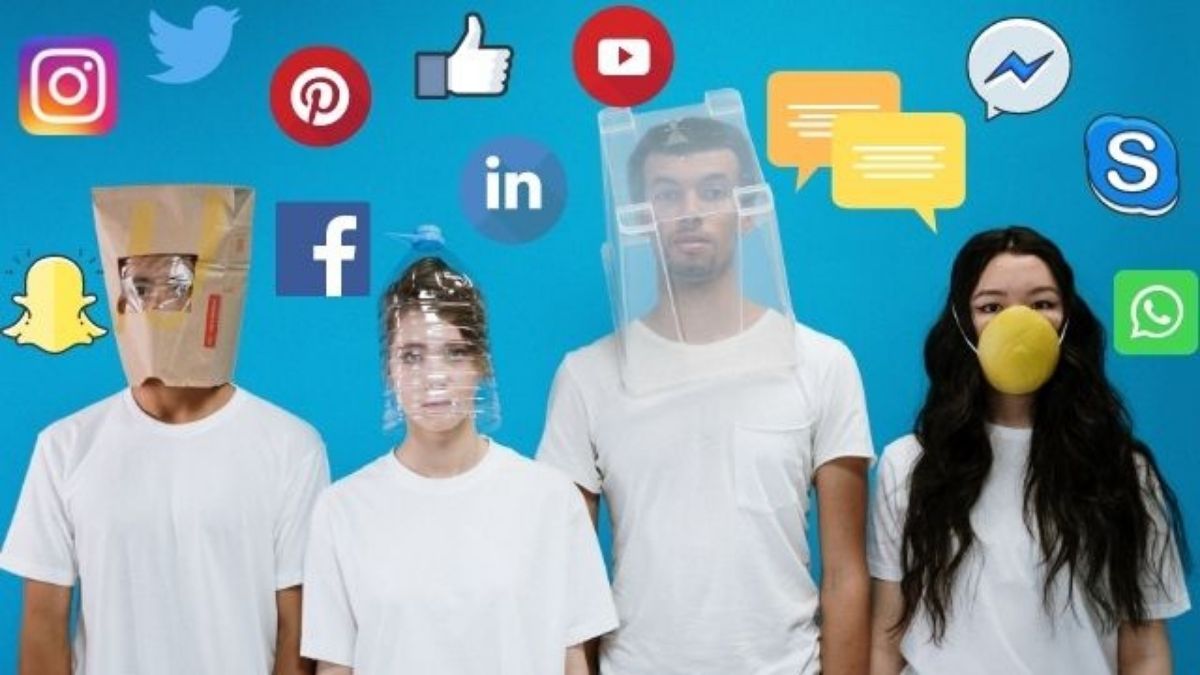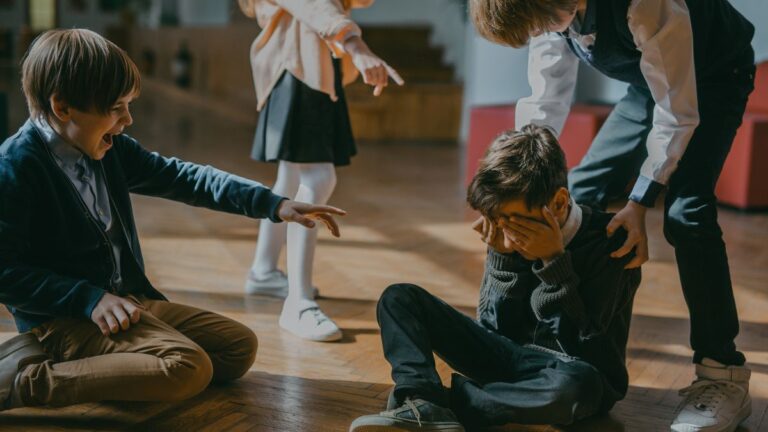Raising Teenagers in The Wake of COVID-19: How is Social Media Helping Teens Cope?
While the COVID-19 pandemic may be viewed for all its negatives, having their parents at home and spending more time with parents/family was declared as a positive by children, when asked what they had enjoyed the most during the pandemic.
However, this is true majorly for younger children. For adolescents and teenagers, it is a different story.
In a report compiled by Save the Children, to identify the hidden impacts of the COVID-19 crisis, children aged 15 to 17 years showed higher levels of change in negative feelings and notably, more than half (60%) stated that they are feeling less safe.
How is the Lockdown Interfering with Adolescence?

Adolescence, the age period of approximately 10 to 24 years, is a transition phase for socio-emotional development, in which they learn to autonomously navigate their social worlds. This means that when a child enters their teenage years they start to place increased value on the opinions of their peers over their family members.
Simultaneously, cognitive processes, such as perspective-taking and thinking about oneself in relation to others, improve. Perspective-taking enables adolescents to show other-oriented, prosocial behaviors (i.e., behaviors that benefit others), and to build strong, reciprocal relationships with others. This is a very important development for any child to transition healthily to adulthood.
The COVID-19 crisis and associated lockdown have interfered with this particular phase of adolescence. Besides enforcing a significant change to the adolescents’ daily routine, the social distancing measures are also preventing them from meeting up with the only people who matter in their worlds at the moment: their friends. This is causing them to experience an increased sense of isolation, depression, and loneliness.
Fourteen-year-old student, Abdullah Ravgi, expressed his concern over the situation, describing it in the following way:
“Lockdowns commenced, staying inside for days, maybe weeks on end, was the norm, masks began to sell out and everyone was terrified.”
Social Media Coming to the Rescue

To cope with these feelings, teenagers and adolescents have resorted to the use of social media to connect with each other. Even before the government imposed the lockdown to contain the spread of COVID-19, studies reported high use of social media and the Internet among adolescents. The COVID-19 pandemic only magnified this societal dilemma as teens are spending more time than ever before on social media. Thus, it is important for parents, educators, and teens to better understand social media use in the context of the current Coronavirus outbreak and associated quarantine measures.
Instead of focusing on the negatives of social media, and complaining about increased screen time, parents and caregivers should become accepting of this behavioral change. The internet and social media are becoming a saving grace from the monotony and constant bombardment of threatening news.
Social media is how adolescents and teenagers communicate. For them, this is not a transition, but an opportunity to maintain their mental health, disrupted by distorted socialization avenues.
Eishaal Khan is a 14-year-old student for whom ‘school became a blur with Google Meet sessions and never-ending assignments.’ According to her:
“Strained eyes constantly glued to a screen couldn’t seem to rest since social media seemed to be the only relief. Calls with friends stretched from a few minutes to a few hours within days. The deprivation for socialization taking over.”
Adolescents have replaced social contact with online meetings with friends. This is also turning out to be exciting for them since this is a new experience for everyone.
Social Media’s Role in Regulating Emotions
Besides facilitating socialization, social media has been seen to be the most beneficial strategy to help self-regulate moods during the lockdown. During a crisis like the Coronavirus outbreak, there is a tendency for people to express themselves emotionally. With the widespread use of social media, teenagers have been using Instagram, TikTok, and Snapchat to talk about what they are feeling and going through. Sharing such emotions can help them develop a sense of community and empathize with each other’s conditions. Emotion sharing via social media could lead to emotional contagion which in turn could facilitate an emotional climate in a society. In turn, the emotional climate of a society can influence society’s value structure. This is helping teenagers overcome feelings of distress and anxiety to a certain degree.
It is also helping them feel happy amidst a worrisome environment.
This by no means implies that the use of social media has replaced human contact. According to a study, there is a significant negative correlation between using social media to help maintain relationships and happiness. As such, it appears that using social media as a substitute for physical social relations makes adolescents feel less happy.
Commenting on this, Eishaal said:
“The rabbit hole of social media swallowed me, and I was caught in this endless loop of mindless scrolling, and double-tapping.”
Responsible Use of Social Media

The increased use of social media has become increasingly acceptable considering children have limited options to occupy themselves with. However, more important than monitoring the screen time is the regulation of the screen time children are being exposed to.
During the COVID-19 lockdown, the regulation of social media and the Internet has been compromised in different ways. Therefore, parents and caregivers should actively take on the responsibility of monitoring their children’s social media usage.
Larry D. Rosen, Ph.D., is a Professor at Emeritus of Psychology at California State University, Dominguez Hills, and the author of seven books on the “psychology of technology”, and the co-author of The Distracted Mind: Ancient Brains in a High-Tech World.
He recommends establishing the following three guidelines:
- Children under 13 should not be on social media unless they are sitting with a parent who is co-viewing the activity.
- Preteens should be limited to one hour a day under the supervision of a parent until the parent is comfortable [NOTE: it may be smart to have the preteen join a social media site on the parent’s phone until satisfied with their behavior].
- Teenagers should be allowed to use social media between 1 and 3 hours daily, but there should be clear limitations as to the time of day (not near bedtime, for instance) and parents should supervise until they’re satisfied that their child is behaving in a safe manner.
Conclusion
While social media has become a savior for teenagers and adolescents, they are equally affected by the pandemic. They are anxiously waiting for the ‘former normal’ to return like anybody else. In a phase where they want to complain but are being discouraged from doing so, adolescents and teenagers have become the most resilient group.
In Abdullah’s words:
“The pandemic has ripped my friends from me but it also taught me who I was and how to survive the immense, prolonged boredom we call life. It has given me the ability to appreciate what I had, however much or little, I would always carry these infinite months of a lockdown with me, hopefully learning from them and allow myself to take a minute, unwind and breathe.”
- Welcoming Puberty: Having the Talk With Your Growing Child - March 13, 2022
- Raising Teenagers in The Wake of COVID-19: How is Social Media Helping Teens Cope? - December 3, 2020







